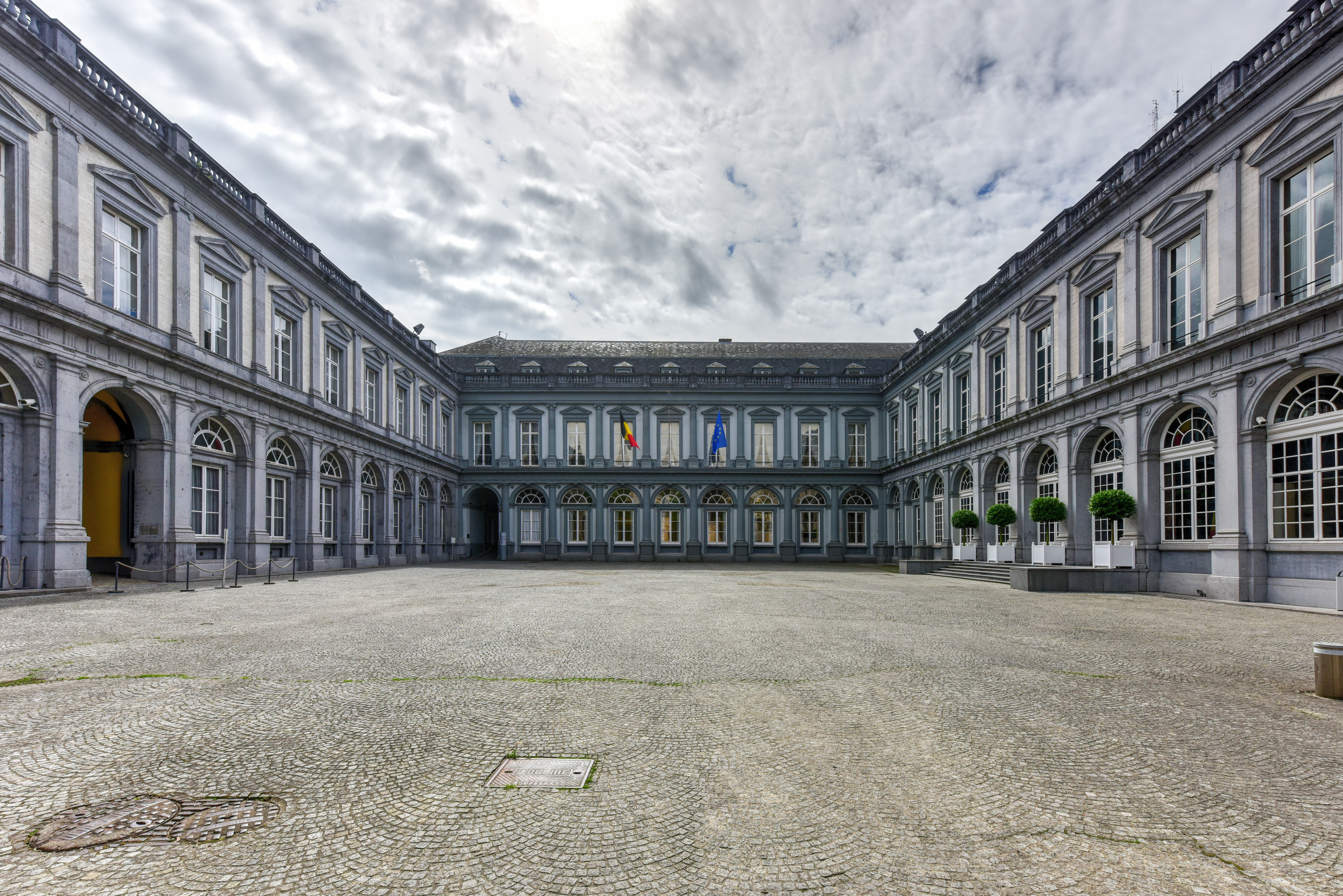- Olga Schmidt
- 12.12.25
- 2 min
- Success factor sustainability
Simply explained: Technology Readiness Level in EU funding
- Blog
- Funding advice
- Simply explained: Technology Readiness Level in EU funding
- Stefan Durm
- 04-28-2023
- 3 min
If you browse through the EU's funding instruments, such as the Horizon Europe Framework Programme or the European Research Council (ERC), you'll see the term Technology Readiness Level (TRL) mentioned repeatedly.
The term Technology Readiness Level was originally coined by NASA in the aerospace industry to describe and assess the development and maturity of a technical product. The first use of the TRL term in EU funding programmes was in 2014, when it was introduced in the European Framework Programme Horizon 2020. For applicants, this means - especially for technology-oriented project applications - it is important to understand what impact the TRL scale has on your project and how it contributes to the assessment and measurement of project progress.
For its funding instruments, the EU Commission has adapted the definition of TRLs. TRLs describe the different stages of development of a technology, product or service on a scale from 1 to 9. The TRLs have the following structure:

How exactly is the TRL scale used in EU funded projects and what does it mean for me to apply?
In Horizon Europe, TRLs serve as an indicator to better classify the submitted projects. TRLs enable applicants and evaluators to align project proposals with the expectations of the European Commission by providing a common unit of measurement. For example, in the guidelines of the various funding programmes, a higher TRL means that projects are being sought in the area of application. On the other hand, a low TRL may be an indication that the focus of the call is on research and development projects.
As an indicator of the starting point of a funding instrument, TRLs can also be used. In this case, the TRL refers to the maturity of a technology, product or process at the start of the project. In this case, a specific TRL serves as a lower limit, i.e., project proposals that are assigned to a low TRL will not be considered for funding. In the EIC Accelerator, the starting point is TRL 5/6, which means that at the time of application, the technology or process has been verified in a relevant environment and, for key technologies, tested in an industrial environment. In short, the EIC Accelerator does not address project proposals that focus exclusively on research and development. Rather, the EIC Accelerator supports projects that are more advanced in their maturity and on their way to market entry. Other European funding instruments, such as the EIC Pathfinder, only support projects that focus on the research and development of a technology or process.
An estimate of the TRL is necessary at the time of proposal preparation. If the guidelines of a funding programme require a specific TRL at the beginning of the project, this is binding. This also applies to a particular TRL to be reached within a funding agreement. It is advisable to refer to the TRL in the project description, even if it is not mentioned in the funding guidelines. Milestones and benchmarks for project evaluation can also be set using TRLs. It is advisable to refer to the TRLs as evaluators will usually have them in mind.
The term TRL is very general and technical, so it is not always easy to use. It is possible that the transition from one level to the next in the development process may not be able to be clearly allocated. In addition, it is almost impossible to compare the TRLs of different disciplines with each other. For example, in the field of Information and Communication Technology (ICT), TRL 6 means that the beta version should be within reach for programming. Services, on the other hand, should have passed initial deployment tests. The classification on the TRL scale has to be considered by both proposers and evaluators. It may therefore be helpful for proposers to seek advice on assessing TRL.
The EIC Accelerator bridges the gap between the research and development phase and the market launch phase. Normally, only up to TRL 5 is supported by national programmes. Fortunately, the EU can also support the subsequent TRLs up to and including 8 until shortly before market launch, thanks to a different state aid law.
|
Summary: The Technology Readiness Level (TRL) are used in EU funding programmes as a benchmark for the development or maturity of a technical product. In addition, TRLs are an indicator for the classification of projects and the definition of the starting point of a funding programme. TRLs are also often a measure of project progress. |
Here is a YouTube video about the Technology Readiness Level: https://www.youtube.com/watch?v=Lu-v5OvVj_k
Not sure what TRL level your project is at? We can help, just get in touch.
author: Christina Tanosova

Your contact person
Stefan Durm
Do you want to learn more about this topic? Schedule a meeting with an expert.
Related articles
- Olga Schmidt
- 27.11.25
- 3 min
- Success factor sustainability
- Bogdana Vatashka
- 26.11.25
- 1 min
- Funding advice, For SME, For research
- Levin Winzinger
- 19.11.25
- 3 min
- Recycling, Success factor sustainability
- Dr Thomas Kraus
- 18.11.25
- 3 min
- EIC Accelerator, EU funding programmes
- Julian Seethaler
- 10.11.25
- 1 min
- For SME, EU funding programmes, For start-ups,

.jpeg)







EurA AG
T- 079619256-0Max-Eyth-Straße 2
73479 Ellwangen
info@eura-ag.com